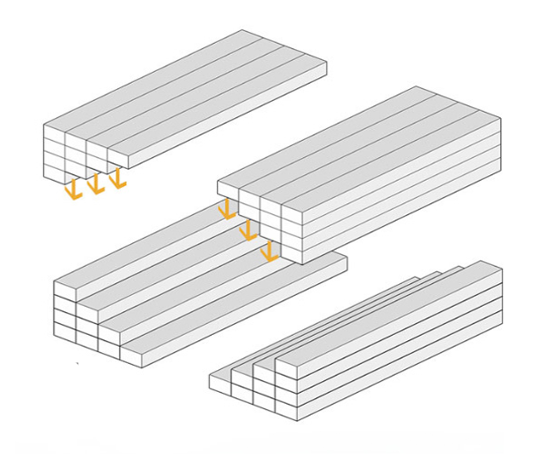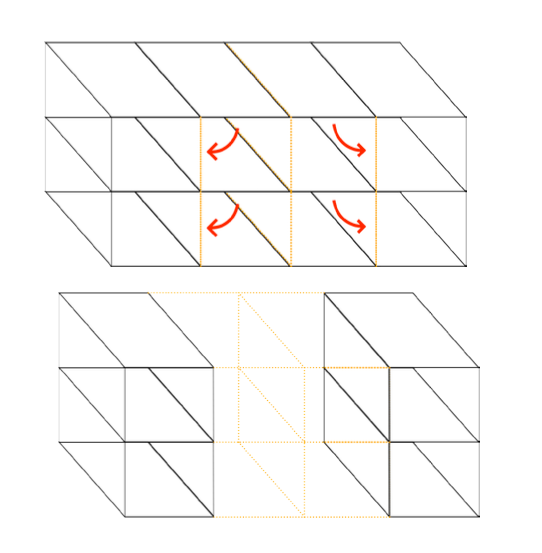Residential Stadium
When a country is elected to host sporting events like the Olympics or the World Cup, they are forced to build several facilities merely for the event to be properly held. Have you ever thought about what happens to these facilities after the games end? Many of them go extinct since there was not a need for them domestically and the city winds up with a huge unused space. We believe we can solve this problem with architecture and proper design. This is a stadium that will transform into a residential complex without too much trouble and cost, designed for the 2026 World Cup in New York.
Goal: Adaptive Reuse of the Stadium
Location: Brooklyn, New York, USA
Modeling: Autodesk Revit
Rendering & Animation: 3dsmax, Lumion
Location: Brooklyn, New York, USA
Modeling: Autodesk Revit
Rendering & Animation: 3dsmax, Lumion
They say in every form of matter; whether you go deep into the molecules or take a look at it from a far distance, you will always discover marvels? That is how we thought of this project’s design. I wanted everything to resemble the world cup in an abstract way. You can find the shape I came up with in different ways in the crust, surrounding walls, floor plans, and the tower. We also needed straight lines for later adaptation, so curved forms are generally avoided. You know how they say in every state of matter, whether you go deep into the molecules or take a look at it from a distance, you will always discover marvels? That is how we thought of this project’s design. We wanted everything to resemble the world cup in an abstract way. You can find the shape we came up with in different ways in the crust, surrounding walls, floor plans, and the tower. We also needed straight lines for later adaptation, so curved forms are generally avoided.
Ten specific points of the stadium floor are to be made of unique material and have a mechanism to rotate 90 degrees. When the games end, those floors turn and create ten openings to the center of the stadium, making it accessible to all as a public urban space as it was before. In other words, we return the park to people and the city when we are done with it while having created ten separate buildings, each of which can be used as a residential unit or even commercial and cultural as desired.



